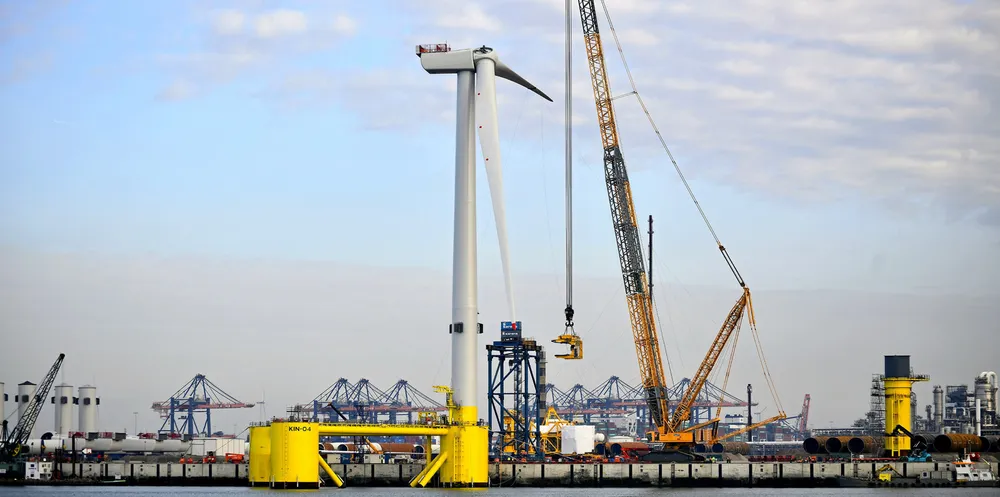Britain bets on floating wind with $220m 'kickstart' pot for coastal industrial hubs
Fund expected to receive 'boost' from private sector investment in development of port infrastructure and offshore installation operations for fast-emerging sea-based energy technology
